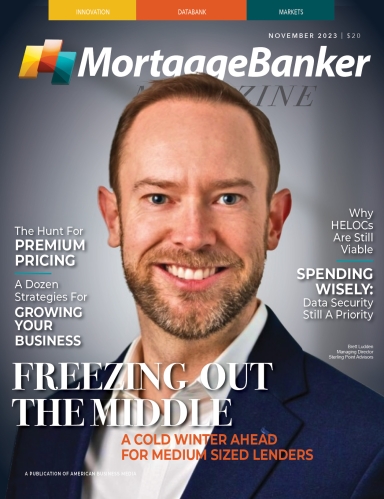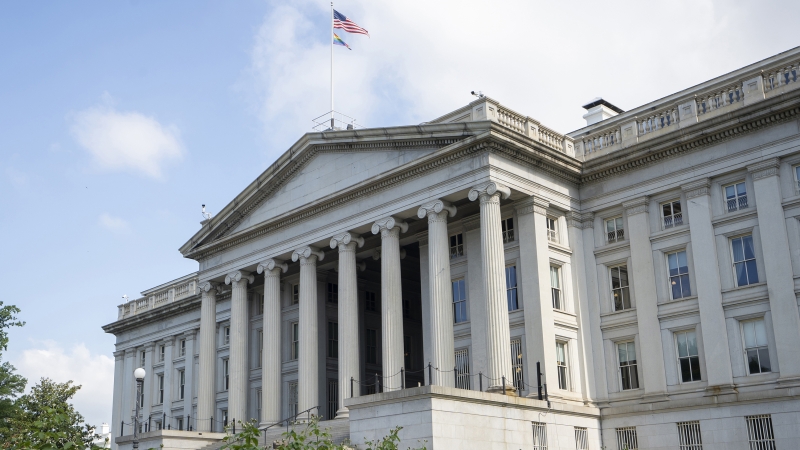It was only a few years ago that conjecture arose about the likelihood of U.S. Treasury yields turning negative, and if they did, would the 30-year mortgage rate go to 0%? That did not happen, and now rates have moved higher. But the question is often asked, “Why are mortgage rates higher than a 10-year or 30-year Treasury yield?”
The short answer is, who would you rather loan money to: yourself or the U.S. government? The U.S. government is considered to have zero default risk. You will be paid, on time, for the duration of that specific financial instrument. With a loan to yourself, there is a much higher likelihood of default and early prepayment. Those two factors mean investors need to be compensated with a higher yield for the increased risk.
Throughout most of 2023, bond prices have fallen. Given the inverse relationship between price and yield, rates have moved higher, and 30-year fixed-rate mortgages are well above 7%. Inflation has been higher than the Federal Reserve’s target rate, and so the Federal Open Market Committee has ratcheted up the Fed Funds rate. Higher rates discourage, in theory, borrowing. A negative interest rate means that the central bank (and perhaps private banks) will pay regularly to keep depositors’ money with the bank. This incentivizes banks to lend money more freely and businesses and individuals to invest, lend, and spend money rather than pay a fee to keep it safe. As we head toward the 2023/2024 winter, we are faced with the opposite problem.












